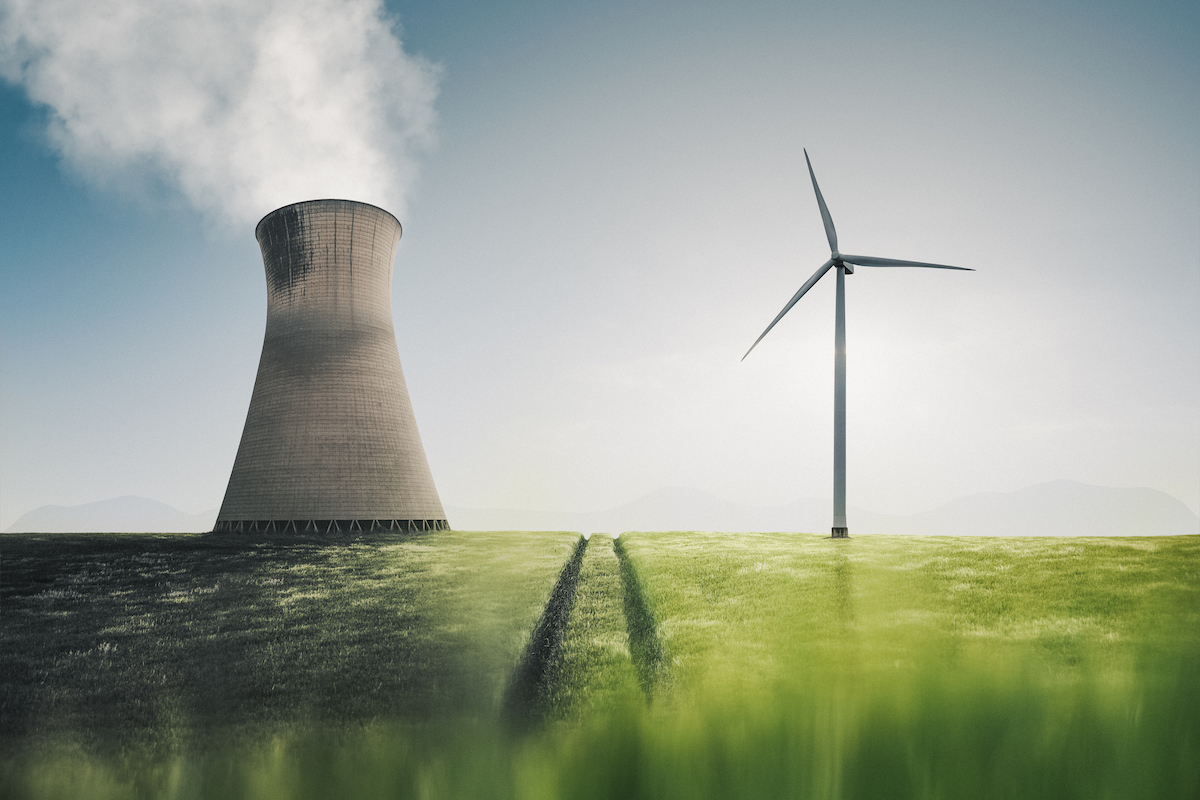Fossil Fuel–Driven Price Volatility Demonstrates the Need for a Renewable Transition
November 21, 2023
By Kristina Karlsson, Lauren Melodia

“Government investment in a rapid transition to electrified, renewable energy is crucial infrastructure for future energy price stability, but building renewable energy will not be enough to eliminate price volatility related to energy prices without a simultaneous divestment from the use and production of fossil fuels.”
Introduction
Over the last two years, fossil fuel and energy prices contributed to a 40-year high in inflation in the United States. At its peak in June 2022, US annual inflation reached 9.1 percent—and a third of that inflation came from energy prices. This sparked a new conversation about the causes of inflation, and the inadequacy of monetary policy tools alone to manage price stability.
In our May 2022 brief, “Energy Price Stability: The Peril of Fossil Fuels and The Promise Of Renewables,” we argued that the inherent volatility of fossil fuel prices presents a persistent threat to macroeconomic price stability. Transitioning to more stable, electrified, renewable energy sources will not only help to slow climate change but will also facilitate long-term price stability. Furthermore, a well-managed, rapid divestment from fossil fuels is necessary to eliminate the inherent volatility in the energy sector. While gas tax holidays and strategic reserve releases may relieve consumers’ pain from inflation in the short term, these are only stopgap measures that fail to address the structural deficiency at the root of inflation: dependence on fossil fuels.
Since the release of our original brief, in August 2022 the US Congress passed the Inflation Reduction Act (IRA), a $369 billion investment in clean energy tax credits and subsidies. The bill is the largest investment the US has made toward a renewable transition, and it was negotiated as a response to prolonged high inflation, marking a shift in both conventional thinking about inflation management and the urgency of the climate crisis. Government investment in a rapid transition to electrified, renewable energy is crucial infrastructure for future energy price stability, but building renewable energy will not be enough to eliminate price volatility related to energy prices without a simultaneous divestment from the use and production of fossil fuels.

